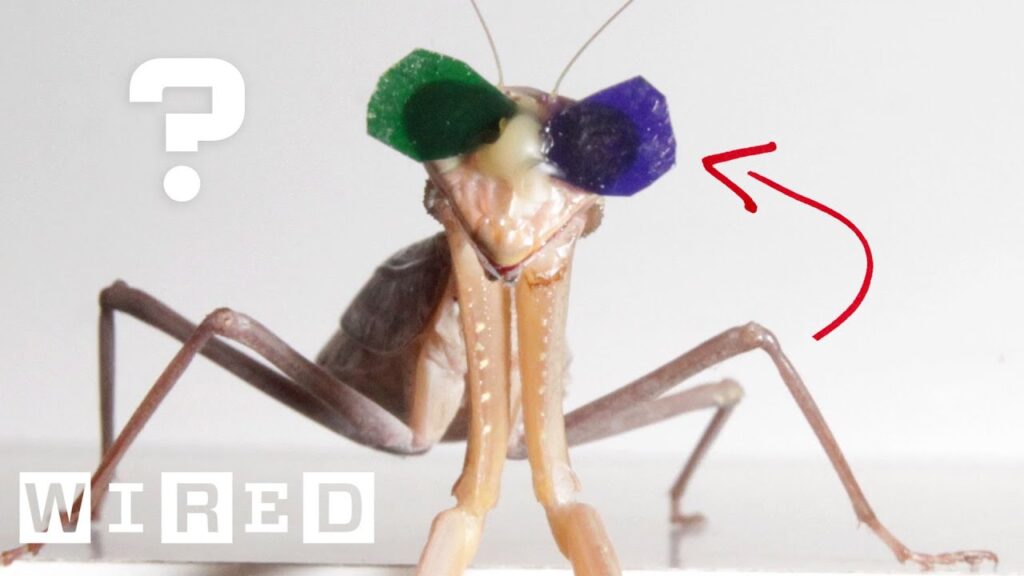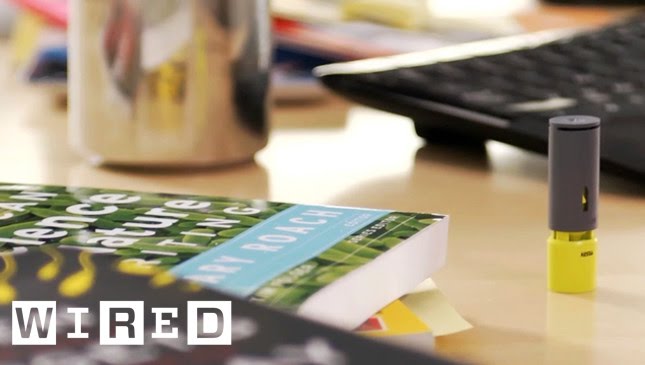The Power of the Limbic System: Understanding Our Primal Behaviors
Summary
In this article, we explore the limbic system, a primal part of our brain that is always on and can quickly take over our neural activity. We discuss vestigial behaviors that humans still possess, which are remnants of our evolutionary past and are key to our survival as a species. We also examine the paleo circuit, a set of procedures that humans instinctively develop when they are struggling with something or hear something terrible. Finally, we discuss how universal behaviors from the limbic system can be used to assess others and determine what they might be thinking, feeling, or fearing.
Table of Contents
- The Limbic System: A Primal Part of Our Brain
- Vestigial Behaviors: Remnants of Our Evolutionary Past
- The Paleo Circuit: Instinctive Procedures for Self-Protection
- Universal Behaviors: Assessing Others and Understanding Their Emotions
- Conclusion
The Limbic System: A Primal Part of Our Brain
The limbic system is a primal part of our brain that responds to the world without thinking. It is often referred to as the mammalian brain and is responsible for our survival. The limbic system can be activated in various ways, such as by changes in temperature or the smell of smoke. It is always on, even when we are sleeping or writing. The moral and Binsky reflexes are two examples of hardwired behaviors that helped us survive in the past.
Vestigial Behaviors: Remnants of Our Evolutionary Past
The speaker discusses vestigial behaviors that humans still possess, including the fencing posture and orientation reflex. These behaviors are remnants of our evolutionary past and are key to our survival as a species. The limbic system is responsible for our survival and can hijack neural activity instantly, orienting us away from anything perceived as hurtful or dangerous. Humans tend to bring their fingers together and tuck their thumbs in when scared, which may have evolved as a way to avoid catching on objects in vegetation. Another common behavior is bringing a hand to the neck, which is an area predators target to suffocate their prey.
The Paleo Circuit: Instinctive Procedures for Self-Protection
The paleo circuit is a set of procedures that humans instinctively develop when they are struggling with something or hear something terrible. These procedures involve covering the neck, covering the mouth, or tucking the chin in to protect ourselves. The paleo circuit is a way for our limbic system to protect us from harm and keep us safe.
Universal Behaviors: Assessing Others and Understanding Their Emotions
Most of our universal behaviors come from the limbic system, which is why when we see a limbic response in one place, we can expect to see the same response in another place. This universality makes these behaviors reliable, and they can be used to assess others and determine what they might be thinking, feeling, or fearing. By understanding universal behaviors, we can better understand ourselves and others.
Conclusion
The limbic system is a powerful force that is always on and can quickly take over our neural activity. By understanding vestigial behaviors and the paleo circuit, we can better understand ourselves and our primal instincts. Universal behaviors from the limbic system can be used to assess others and determine what they might be thinking, feeling, or fearing. By harnessing the power of the limbic system, we can better navigate the world around us and protect ourselves from harm.






